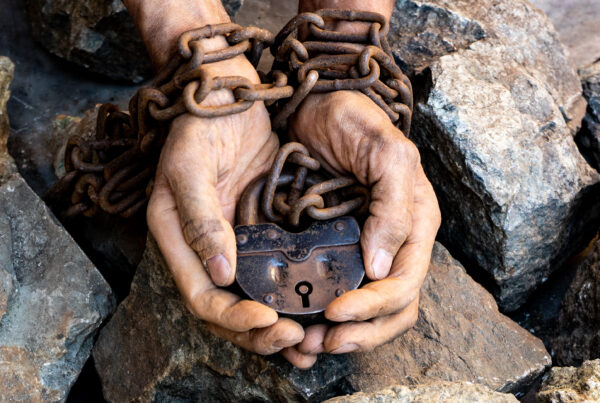 Effective communication is essential when asking your supply chain to participate in a responsible sourcing program. This truth applies equally to all stakeholders throughout the supply chain: the brands, retailers, and manufacturers who spearhead corporate sustainability and compliance initiatives, as well as their suppliers whose support enables supply chain transparency and makes these initiatives a reality.
Effective communication is essential when asking your supply chain to participate in a responsible sourcing program. This truth applies equally to all stakeholders throughout the supply chain: the brands, retailers, and manufacturers who spearhead corporate sustainability and compliance initiatives, as well as their suppliers whose support enables supply chain transparency and makes these initiatives a reality.
At Transparency-One, we believe effective communication involves providing guidance and details throughout the program to ensure suppliers have the support they need, when they need it. Investing the time and effort to communicate openly with supply chain stakeholders helps convince partners to become active collaborators in a responsible sourcing program—ultimately helping organizations achieve more sustainable, responsible, and compliant supply chains.
The Big Picture
Before launching into details about the specific project, communicate the Big Picture—the “why” behind the request. This includes the overarching reason why the program was launched and its objectives. Objectives may include making progress towards the United Nations Sustainable Development Goals (SDGs), meeting corporate sourcing objectives, ensuring compliance with regulatory requirements, or proactively gaining supply chain insights to meet consumer and investor expectations.
The Big Picture provides context for the actions that your supply chain will be asked to take. Gaining supply chain buy-in requires that your suppliers and other supply chain partners understand the larger mission and the role they play in its success. Communicating the Big Picture effectively assures suppliers that the program is not simply a box-checking exercise or data collection experiment, but part of a more ambitious and purposeful initiative with long-term impact.
The Project
After addressing the Big Picture, it is time to delve into the specific details of the project.
Project communication is more detailed and describes what tasks a project will require, who is involved (which tiers, countries, etc.), and the relevant deadlines. It addresses the individual goals of the project, such as collecting specific certifications and/or surveys to ensure compliance with regulations in certain countries; capturing agricultural information for particular commodities to identify areas of improvement for water or land use; gaining greater visibility into palm oil supply chains to support product claims for designated product lines, etc.
Project communication should also explain how involvement in the project will impact suppliers moving forward, such as new processes or technologies they can expect to adopt or new standards for documentation. This provides suppliers with the information they need to determine if they are able and willing to participate—and gives your organization the opportunity to build deeper relationships with partners who share your goals and values.
The Practical Details
Once suppliers understand the purpose of the program and the specifics of the project, the final phase of communication addresses the “how.” This communication covers the practical and logistical details for how information will be shared between organizations and provides suppliers with hands-on training to make the project a reality.
Training on the tools and processes being implemented is essential. It significantly lowers the barrier to participation—which is crucial for busy suppliers with limited time to respond to requests—and fosters a collaborative relationship between supply chain stakeholders. To make training as effective as possible, provide one-on-one support wherever possible and offer multiple learning opportunities and types (e.g. webinars, phone, email, chat, videos). Consider the different personas who will be asked to use the tool and adapt trainings accordingly.
Transparency-One provides onboarding services globally, with the support of our strategic partner SGS, to help suppliers get started on our platform. We offer webinars as well as one-on-one support, in multiple languages and time zones, to help businesses around the world engage with their end-to-end supply chains and ensure responsible sourcing.
Prioritize Effective Communication
A successful responsible sourcing program relies on the participation of supply chain stakeholders, which in turn relies on impactful and effective communication. Developing and prioritizing a comprehensive plan for communication, training, and onboarding is an essential tool for any responsible sourcing program.












